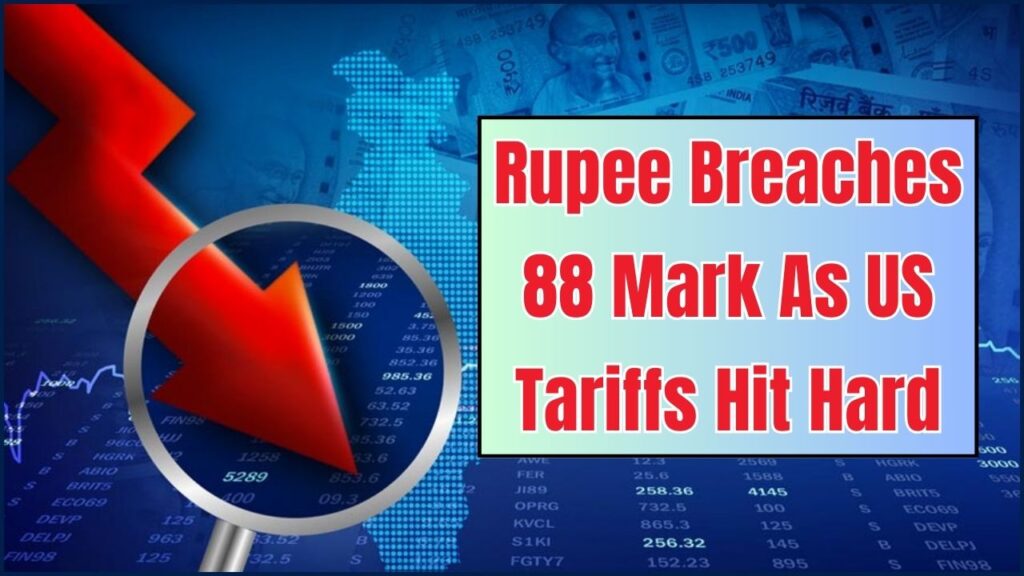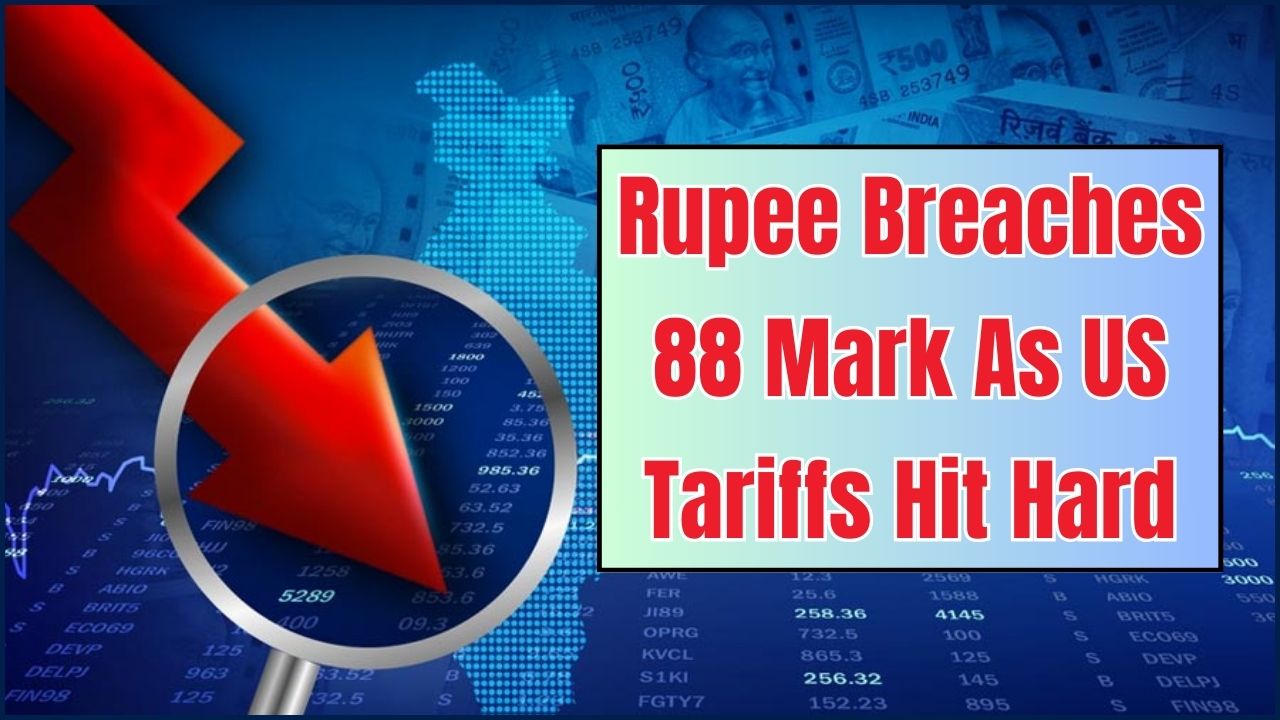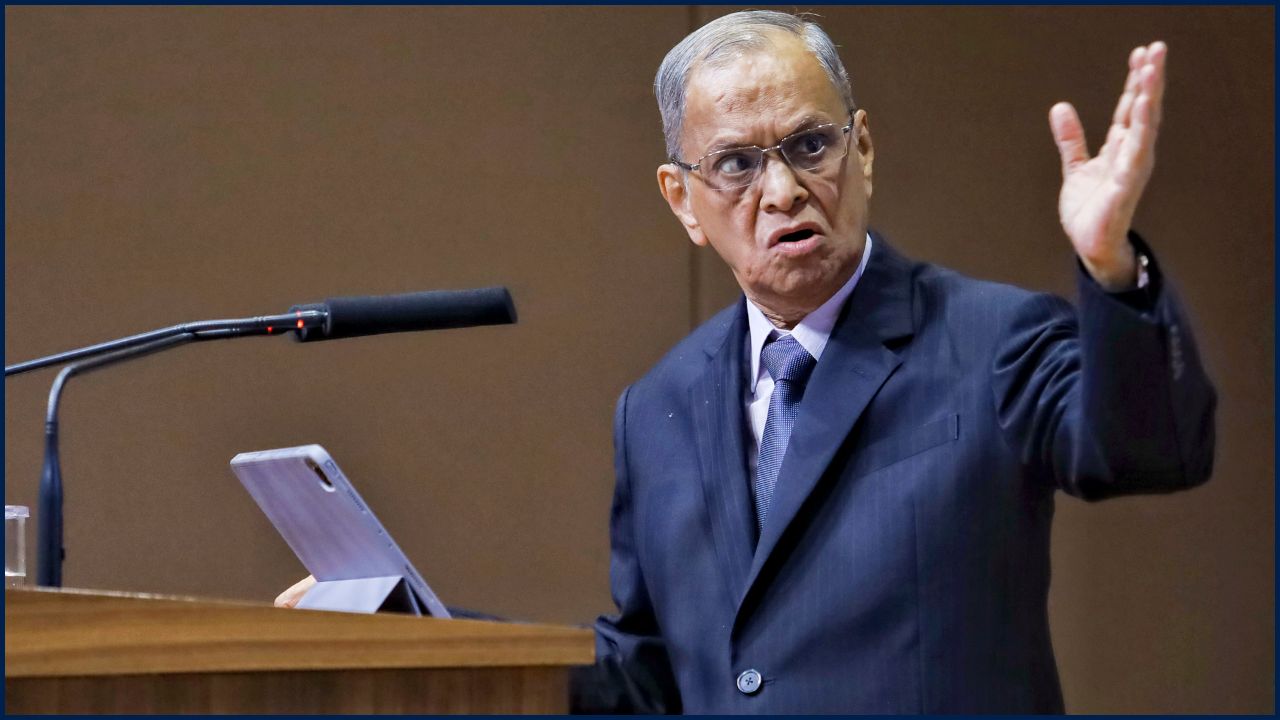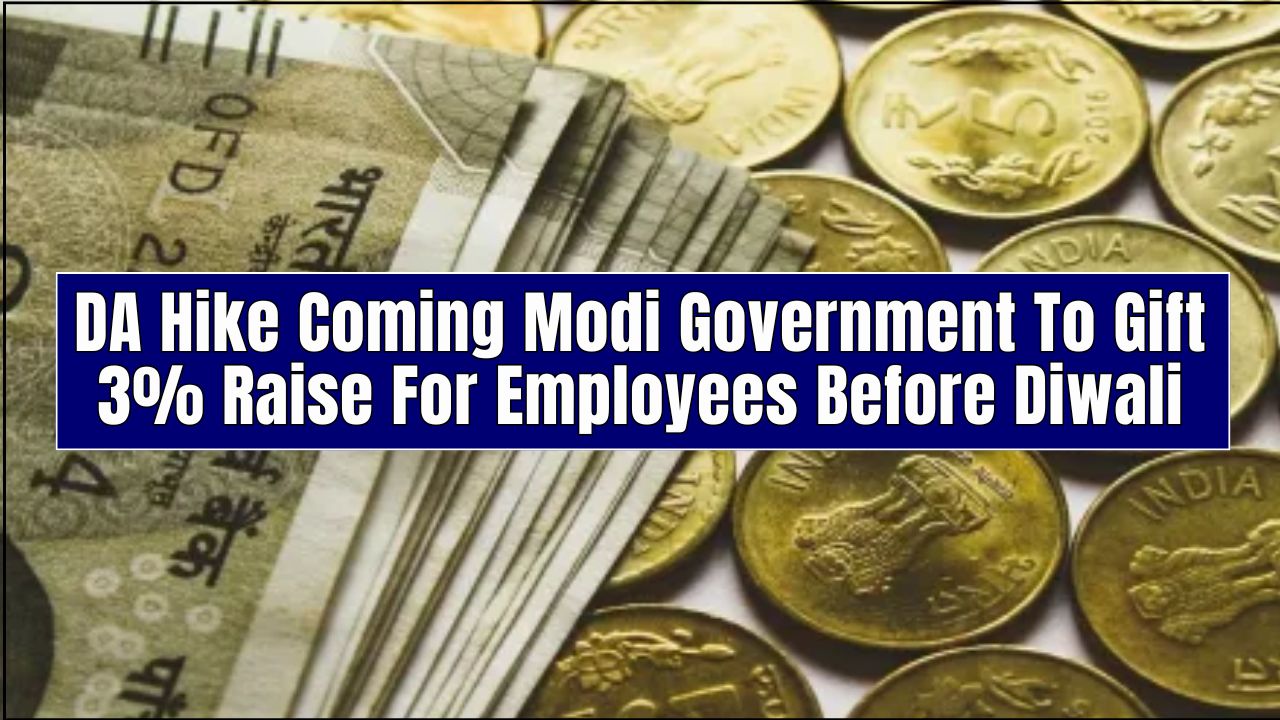
The Indian rupee breached the ₹88-per-dollar mark this week, hitting a record low as the United States imposed steep new tariffs on Indian exports. Finance Minister Nirmala Sitharaman said the government is monitoring the situation closely and pledged support for exporters affected by the trade measures.
US Tariffs and Their Impact
Washington recently introduced tariffs of up to 50% on Indian goods, citing India’s continued purchase of Russian crude oil. The move has triggered capital outflows and weighed heavily on investor sentiment, pushing the rupee to historic lows.
On 1 September 2025, the rupee fell to ₹88.33 against the dollar, according to Reuters. By 5 September, it weakened further to ₹88.38 in intraday trading before stabilising around ₹88.27 at the close.
Government Response
Speaking in New Delhi, Finance Minister Nirmala Sitharaman stressed that India is not alone in facing currency depreciation. “Several currencies are under similar pressure due to global developments,” she said, noting that the government is “keeping a good watch” on the rupee’s movement.
To cushion exporters, the government announced measures including credit guarantees for small businesses and exporters with loan repayments overdue by up to 90 days. “We will ensure exporters have access to liquidity despite these external shocks,” the minister added, according to Reuters.
Role of the Reserve Bank of India
The Reserve Bank of India (RBI) is believed to be intervening in currency markets, not to defend a fixed level, but to prevent sharp volatility. Analysts suggest that the central bank has been selling dollars from its reserves to stabilise conditions.
A Reuters poll of foreign exchange strategists conducted earlier this month found consensus that the rupee is likely to hover around ₹88 in the near term. Some forecasts indicate it could drift towards ₹90 per dollar if tariffs remain elevated.
Wider Economic Context
India’s trade balance has been under pressure from both falling exports and persistent high import costs. With U.S. tariffs reducing market access for Indian goods, exporters face the dual challenge of weakened global demand and higher financing costs.
Economists warn that a prolonged slide in the rupee could fuel inflation by making imports—especially oil—more expensive. However, a weaker currency may also support exporters in non-tariffed sectors, particularly in information technology and pharmaceuticals.
Sovereign Gold Bonds Early Redemption Announced—Investors to Get 108% Return
Conclusion
The rupee’s breach of the ₹88 mark underscores the fragility of emerging market currencies in a turbulent global economy. While the government has promised relief measures and the RBI is intervening to limit volatility, analysts caution that the outlook will depend heavily on the trajectory of U.S.-India trade relations in the months ahead.
















